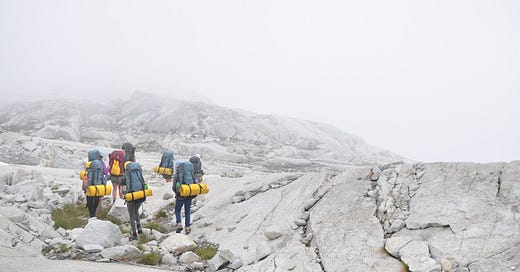It’s no coincidence that Kathryn Schulz’s recent New Yorker article on nature writing and the Misanthropocene was published just days after a New York Times photo essay on crowding at national parks. I mean, in one sense it was a coincidence in that the magazine was printed before—and the contents formalized long-before—the New York Times story went up.…
Keep reading with a 7-day free trial
Subscribe to Pinch of Dirt to keep reading this post and get 7 days of free access to the full post archives.


